

Ronsco is a leading supplier of acid pickling tube in China, enowned for our exceptional production standards, strict quality control, extensive inventory, and unwavering commitment to excellence. We specialize in supplying acid pickling tube & pipe in various OD, ID, wall thickness and length, and cover a variety of materials such as austenitic stainless steel, duplex stainless steel, superalloy, pure nickel, nickel alloy, etc, to meet customers' needs for different projects.
|
Available Material |
Grade |
|
Austenitic Stainless Steel |
316L, 316L Mod, 316LVM, 310MoLN etc,. |
|
Duplex Stainless Steel |
2205, 2507, S32760 etc,. |
|
Superalloy |
Nimonic 75, Nimonic 80a etc,. |
|
Pure Nickel |
Nickel 200, Nickel 201 etc,. |
|
Nickel Alloy |
Inconel 600, Inconel 601, Inconel 625, Inconel 718, Sanicro 28, Incoloy 800, Incoloy 800H, Incoloy 800HT, Incoloy 825 etc,. |
In addition to on-demand production, we also offer an large inventory, regularly stock a variety of materials and specifications. Regardless of project size, we can all meet deadlines and deliver final products that meet or exceed industry standards.
Acid pickling is a a chemical cleaning process that uses the acidic solutions to treat the surface of metal. It is primarily used to remove oxides, rust, dirt, and other impurities from metal surfaces to achieve cleanliness, brightness, or improved surface properties. It can be divided into the following categories according to the pickling method:
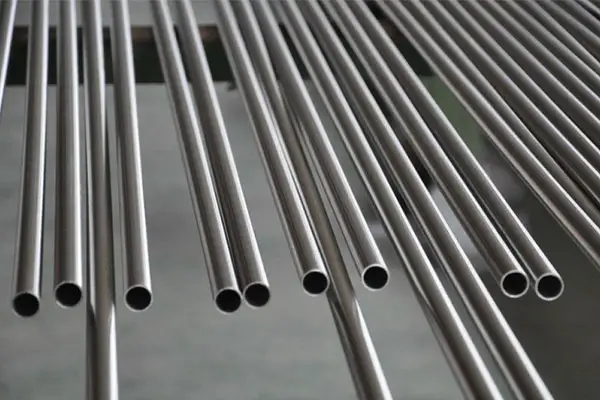
Ronsco is a supplier with more than 28 years of experience in the metal tubes field, we always adheres to the business phiosophy of "customer-centered", tries its best to meet the requirements of customers and pursues win-win cooperation with customers. Are you looking for a reliable tubes manufacturer ! Contact Us Now! Email: manager@ronsteel.com
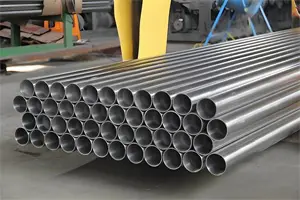
Pure nickel tube & pipe composed entirely of nickel, the purity of nickel ensures a high level of corrosion resistance, making them ideal for environments where protection against corrosion is paramount.
| Grades | UNS | EN | GB |
| Nickel 200 | N02200 | 2.4060 / 2.4066 | N6 |
| Nickel 201 | N02201 | 2.4061 /2.4068 | N5 |
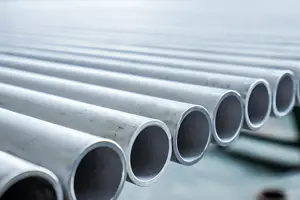
Nickel alloy tube & pipe is prized for their ability to excel in extreme conditions, the unique chemical composition and mechanical properties are different from traditional materials.
| Grades | UNS | EN | DIN |
| Inconel 600 | N06600 | 2.4816 | NiCr15Fe |
| Inconel 601 | N06601 | 2.4851 | NiCr23Fe |
| Inconel 625 | N06625 | 2.4856 | NiCr22Mo9Nb |
| Inconel 718 | N07718 | 2.4668 | NiCr19NbMo |
| Sanicro 28 | N08028 | 1.4563 | X1NiCrMoCu 31-27-4 |
| Incoloy 800 | N08800 | 1.4876 | X10NiCrAlTi 32-20 |
| Incoloy 800H | N08810 | 1.4958 | X5NiCrAlTi31-20 |
| Incoloy 800HT | N08811 | 1.4959 | X8NiCrAlTi32-21 |
| Incoloy 825 | N08825 | 2.4858 | NiCr21Mo |
| Monel 400 | N04400 | 2.4360 | NiCu30Fe |
| Hastelloy C276 | N10276 | 2.4819 | NiMo16Cr15W |
| Hastelloy C22 | N06022 | 2.4602 | NiCr21Mo13Fe4W3 |
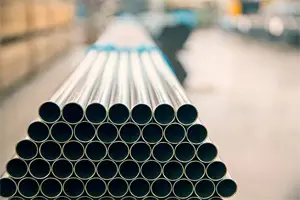
Superalloys tube & pipe is a special category of advanced materials, the unique feature of this alloy lies in their ability to maintain their mechanical properties at elevated temperatures, where conventional materials would typically degrade.
| Grades | UNS | EN | GB |
| Nimonic 80A | N07080 | 2.4631 / 2.4952 | GH3039 |
| Nimonic 75 | N06075 | 2.4630 / 2.4951 | GH3030 |
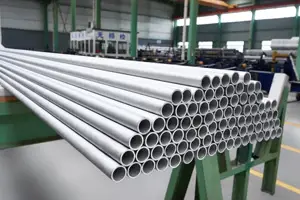
Austenitic stainless tube & pipe are a prevalent type of stainless steel with high levels of chromium and nickel, these tubes exhibit remarkable corrosion resistance, particularly in acidic environments.
| Grades | UNS | EN | DIN |
| 316L | S31603 | 1.4404 | X2CrNiMo17-12-2 |
| 316L Mod | S31723 | 1.4435 | X2CrNiMo18-14-3 |
| 316LVM | S31673 | 1.4441 | X2CrNiMo18-15-3 |
| 310MoLN | S31050 | 1.4466 | X1CrNiMoN25-22-2 |
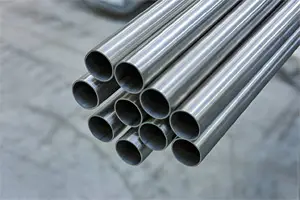
Duplex stainless tube & pipe represent a specialized category of stainless steel known for their dual- phase microstructure, combining both austenitic and ferritic phases.
| Grades | UNS | EN | DIN |
| 2205 | S32205 / S31803 | 1.4462 | X2CrNiMoN22-5-3 |
| 2507 | S32750 | 1.4410 | X2CrNiMoN25-7-4 |
| F55 | S32760 | 1.4501 | X2CrNiMoCuWN25-7-4 |
Feel free to contact us by submitting this form or use our email. Our sales representative will contact you within 24 hours. Thank you for your interest in our products.